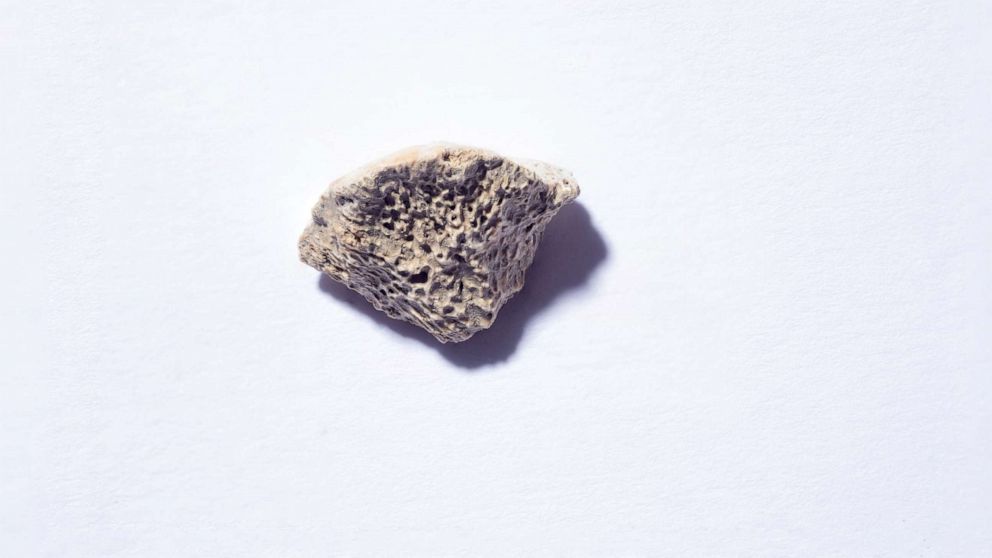
Dogs probably accompanied people to America after the Ice Age.
Researchers have cut a timeline for when man’s best friend may have migrated to North America based on a 10,000-year-old dog bone fragment found in southeast Alaska.
The femur fragment, smaller than the size of a penny, was discovered by surprise as scientists studied how climate change during the ice age affected animal survival and movement, according to a University of Buffalo press release.
Researchers were sequencing DNA from a collection of hundreds of bones found in the region years ago when they realized that the small bone, originally thought to be from a bear, contained DNA from a dog that lived about 10,150 years ago, the statement said.
“It all started with our interest in how glacial climate change has affected the survival and movements of animals in this region,” said Charlotte Lindqvist, an evolutionary biologist at the University of Buffalo, lead author of the study published Tuesday in The Royal Society. from the UK said in a statement. “Southeast Alaska could have served as an ice-free stop, and now – along with our dog – we believe that early human migration through the region could be much more important than some previously suspected.”
Dogs were domesticated in Europe between 32,000 and 18,800 years ago. The findings suggest that dogs first migrated to America about 16,000 years ago, according to the study.
The DNA of the bone suggests that it came from a canine that moved away from a Siberian dog as early as 16,700 years ago, scientists have established. The timing of this split coincides with a time when people could have migrated to North America along a coastal route that included southeast Alaska.
According to the study, there have been several waves of dogs migrating to America. Arctic dogs came from East Asia with Thule, ancestors of all modern Inuit peoples living in the Arctic. Siberian Huskies were imported to Alaska during the gold rush, and other dogs were brought by European settlers.
But the exact time when dogs first ventured into America has not been unclear. The bone discoveries coincide with the time when humans first arrived in America after the last ice age, when coastal glaciers began to retreat.
This suggests “that the dogs accompanied the first people to enter the New World,” according to the study.
“The history of dogs has been intertwined, since ancient times, with that of the people who domesticated them,” the statement said.
However, fossil records of ancient dogs on the North American continent are still incomplete, so any newly discovered remains will provide important clues, said Flavio Augusto da Silva Coelho, a student at the University of Buffalo, biological sciences.
Prior to the discovery, the oldest old dog bones found in the United States were in the Midwest, Coelho said.